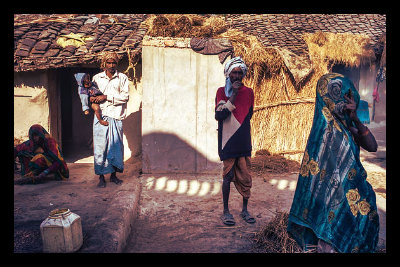Why We Should Fight Harder To End Global Poverty

Can we really end global poverty? Earlier this year, World Bank announced that we can virtually end extreme global poverty by 2030, meaning that the number of people in the world living on $1.25 per day or less would be reduced to 3%.
But while that would be a huge victory for the world, we should set our standards higher. Right now, extreme poverty is defined as living on $1.25 per day, and poverty is $2 per day. But even many of those with $2 to live each day don’t have access to other essentials such as drinking water and electricity. In rural areas of the poorest countries, 1 in 10 children die before their first birthday from easily preventable diseases, and $2 per day cannot afford these children the medication or vaccines they need.
Furthermore, the people who make more than $2 in poor countries (i.e. those not living in poverty) still have five times higher infant mortality rates than the poorest and most deprived areas of rich countries, which shows the gap between poverty in rich and poor nations.
Some economists suggest that the “global middle class” earns approximately $10 per day. But if we were to change the definition of “poverty” to living on less than $10, rather than $1.25 or $2 per day, we would find that 98% of people in sub-Saharan Africa would be living in poverty.
But is it really feasible to get everyone in the world living on more than $10 per day?
Economists crunched the numbers and say yes. By 2050, the population will be around 9 billion and global GDP will quadruple. They predict that the GDP related to getting everyone to the $10 per day mark would take less than 1/5 of the $300+ trillion output. In other words, it’s entirely possible if we raise our goals and fight harder to end global poverty. $1.25 will get most people the bare necessities they need to survive, but $10 will give them a much better standard of living.
– Katie Brockman
Source Businessweek
